How to choose a covering material for weeds?
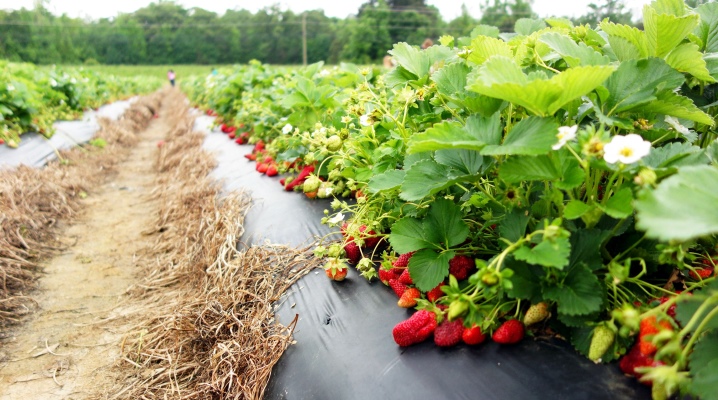
Any summer resident or villager knows how difficult it is to deal with weeds on their land. If you do not weed and process the area once in time, it will be even more difficult to get rid of unwanted grass in the future. There are many ways to combat weeds: weeding the beds, watering with chemicals, special infusions, fertilizing, digging the site.
The modern option is to use a covering material from weeds.
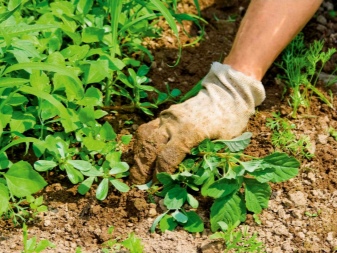
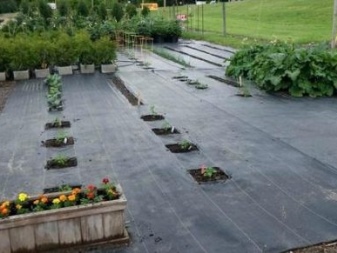
Peculiarities
The method of getting rid of weeds from beds by means of covering materials has recently become more effective and popular. In addition, the price of such funds is relatively low compared to the total cost of processing the site using traditional methods. This method has its own characteristics, which give obvious advantages to the gardener:
- plants under cover are protected from pests and weeds in the initial period of their development;
- favorable conditions for the germination of seeds and the growth of young plants are formed under the material;
- such materials are quite simple to use and do not require much effort: it is easy to cover the beds in the garden, as well as to remove if necessary;
- covering products are light in weight, but at the same time quite durable - they can easily withstand precipitation and other adverse natural influences (provided that they are well fixed).
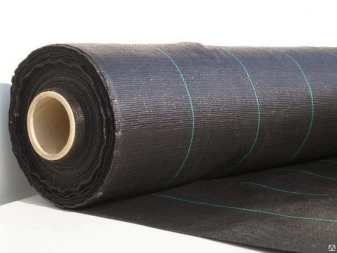
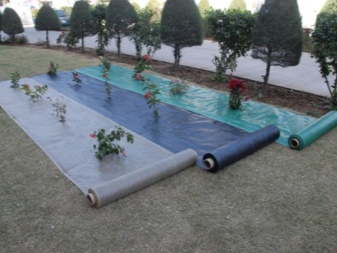
There are several types of weed cover materials. For almost any group of cultures, you can choose your own version, but they all have a common principle of operation. After plowing (digging) the garden, they arrange beds for spring planting or sowing, and on top of them a covering fiber is spread, which is securely fixed in a suitable way. Holes are then cut in the fiber according to the seeding or planting pattern of the planned crop. Through these cutouts, all agricultural technology for the selected crop will take place: planting seeds, watering, caring for sprouts and further cycles of plant development.
This method is especially well suited for crops grown through seedlings, or for berry plants. Typically, black fiber is used in this case.
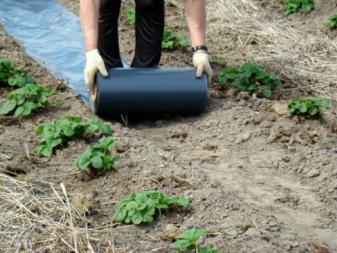
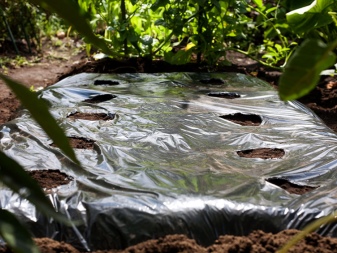
It does not let the sun's rays through and the weeds under it die due to lack of light. In addition, the berries that have fallen from the branch do not fall directly on the ground, so they remain clean and easily visible for picking.
There are transparent and colored covering materials, but they cover the beds only after the seeds have been sown in the ground. In most cases, they are made of non-woven fiber, they carry light well, moisture and air penetrate. In such conditions, seeds germinate well, and the soil does not erode.
Top dressing in this case can be done in the form of a solution directly through the material. Moisture will be evenly distributed over the surface and gradually penetrate into the ground.
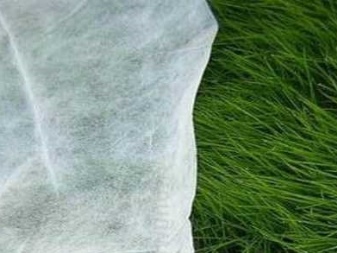
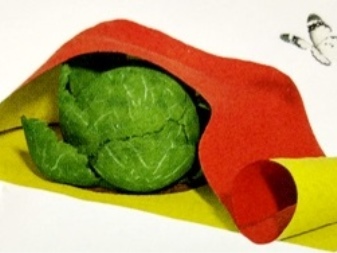
Types and characteristics
According to their composition, all types of covering materials can be divided into three main groups:
- agrofiber;
- agrotextile;
- film.
Each group has its own advantages and disadvantages, but the principle of operation for all, in fact, is the same: the beds and beds are covered with material, while the roots of the plants are warm, and the weeds die due to the lack of light.
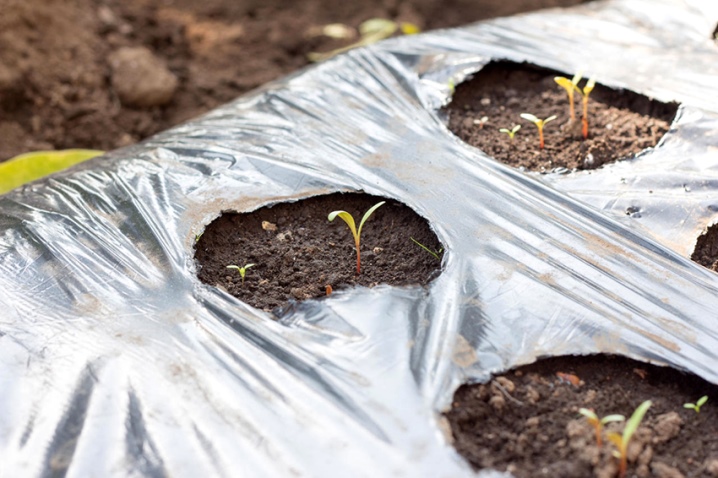
Agrofibre is a black non-woven covering material. It contains polypropylene, which has been passed through a fine die. In other words, it is polypropylene with very small holes.Due to this composition, agrofibre spreads easily. If necessary, it can be easily cut and sewn up. And thanks to its porous structure, it provides the roots of plants with air and allows the soil to breathe.
Water easily seeps through such material and practically does not evaporate.
Polypropylene does not rot and is resistant to sunlight. The material itself is harmless, does not emit any poisonous vapors, does not react when interacting with water or chemical fertilizers. The service life of agrofibre is 3-4 years.
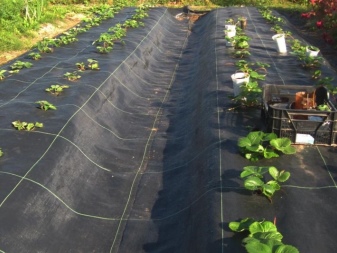
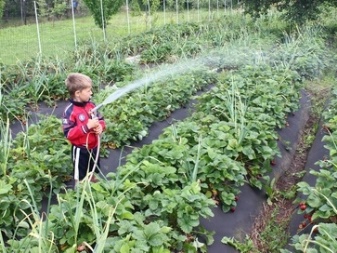
Nowadays, a two-layer agrofibre is produced, in which the lower layer is usually black, and the upper one is two-color (white-black or yellow-black). The lower layer protects the plant from weeds, and the upper layer protects the plant from overheating of the soil and roots.
Each brand has its own names for such a fiber, but they are all made using the same technology. On sale you can find: Spunbond, Agrotex, Lutrasil, Agril, Agrospan and others.
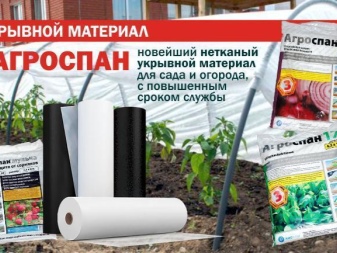
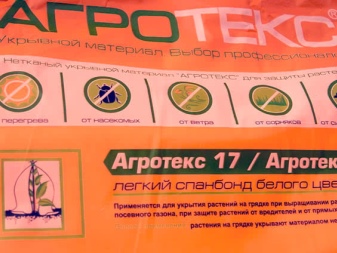
Agrotextile. This type of covering material is also quite popular among gardeners. By weight, it is light, reliably prevents the germination of weeds, effectively protects plants from frost and insect pests. Agrotextile is a more durable material than the previous one, so its life can be up to 10-12 years. But due to this, the price of such material is several times higher than the same agrofibre.
Among the varieties of agrotextile, there is the so-called geotextile. In terms of strength, the latter is inferior to agrofibre, but in terms of density it is ahead of agrofibre. Geotextile prices vary between these materials. Basically, they all have the same performance characteristics, except for the duration of use.
Both agro-fabric and agrofibre contribute to the fastest warming of the soil in early spring, which allows the thermophilic seedlings to be planted earlier.
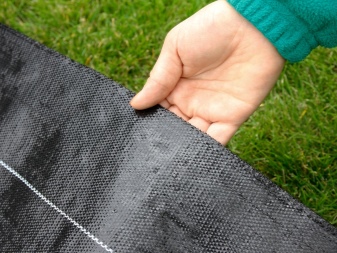
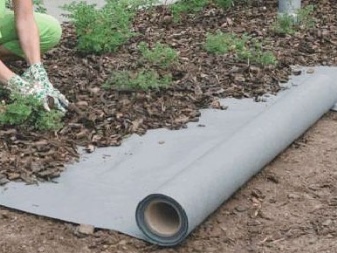
For a long time, the black film was the only protection from weeds for the beds. Weed vegetation practically did not germinate under a dark shelter that did not allow the sun's rays to pass through, and died on the vine.
But the film has significant disadvantages when compared with other covering agents.
- The film does not allow water to pass through, which complicates the irrigation process.
- Fungal diseases often occur under it due to the impossibility of air exchange.
- It can only be used for one season.
It is best used to prevent weeds from growing in the aisles between the beds. In this case, a reinforced film is ideal, which can last for 2-3 seasons. The price of the film is the lowest among covering materials.

How to choose?
Covering materials are intended not only for weed control - they reliably protect plants from frost and direct sunlight. Before purchasing them, you need to carefully read the recommendations. Strict adherence to the instructions for use will prolong their service life. Depending on the density, all covering products can be conditionally divided into 4 types:
- black dense;
- dense white;
- average;
- light.
For example, if you need to protect your seedlings from frost, then light materials are best. Due to their light texture, they do not interfere with the growth of plants, but at the same time they reliably protect them from sudden changes in temperature.
For the southern regions of the country, as well as during periods of hot days, a white dense covering material is best suited for use. In addition to their main function, they protect the soil and plant roots from sunlight and ultraviolet exposure.
If the main goal is to protect plants from weeds, then it is better to use denser black materials. These products are most often used on paths and in aisles between beds.

How to use
And although weed cover materials are easy to use, they require proper adherence to the rules for handling them.
Before using the covering material for the beds, the soil itself must be prepared for fiber covering: dig thoroughly, removing the roots of weeds, form and equip a garden bed or plot, apply fertilizer, level the surface and water if necessary. Allow time for moisture to be absorbed into the soil, and excess to evaporate. After that, you can proceed to the shelter.
The fiber needs to be measured and cut to the size of the beds or flower beds. Leave a few centimeters around the edges of the material to secure. Then cut holes on the blanks according to the number of prospective plants in the garden.


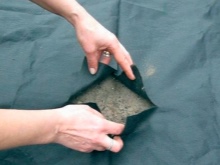
To prevent the material from being blown away by the wind and moving, the fiber must be fixed to the soil. To do this, sprinkle the covering material around the edges with earth and press down with stones. Some garden decorations are often used as means of fastening, for example, garden figures of gnomes, pots of flowers, and so on. You can also attach small thin wire pins over the entire area of the material. In order for the seedlings to grow unhindered, they must be planted precisely in the holes made in the fiber.
It is better to cover the beds and work with covering material in calm weather. This will make it easier to work with the fiber.

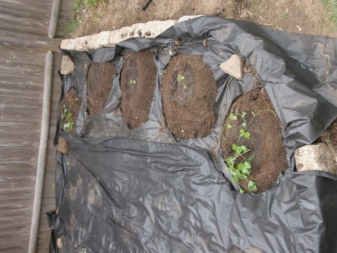
There are many different ways to control weeds on the market today. Some of them require a lot of financial costs and physical effort. The covering method is the simplest and most effective among this variety. The covering material not only removes the grass from the beds, but also creates the best conditions for plant growth, which has a positive effect on the yield.
See below for an overview of Agrotex covering material.



































































The comment was sent successfully.